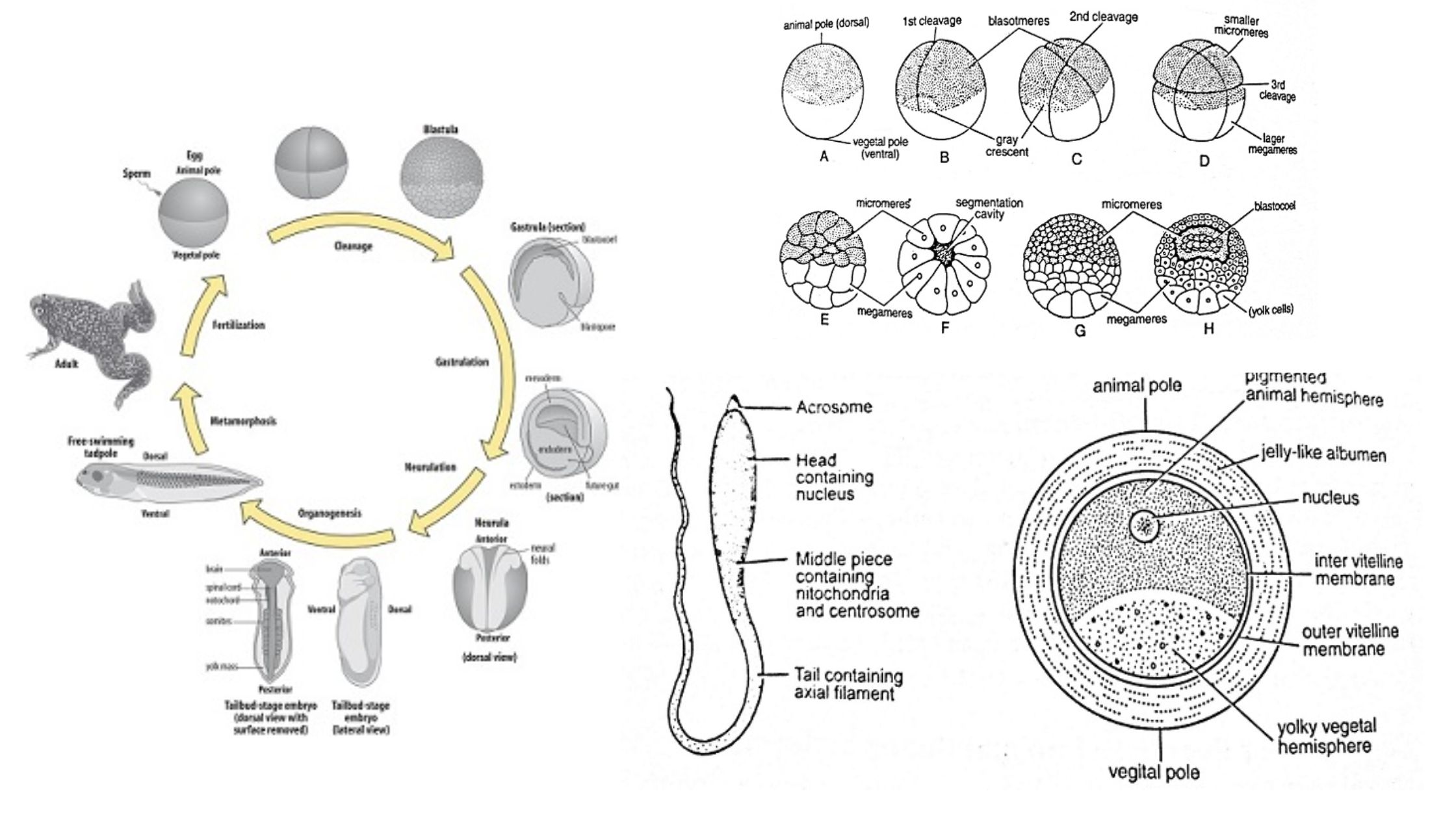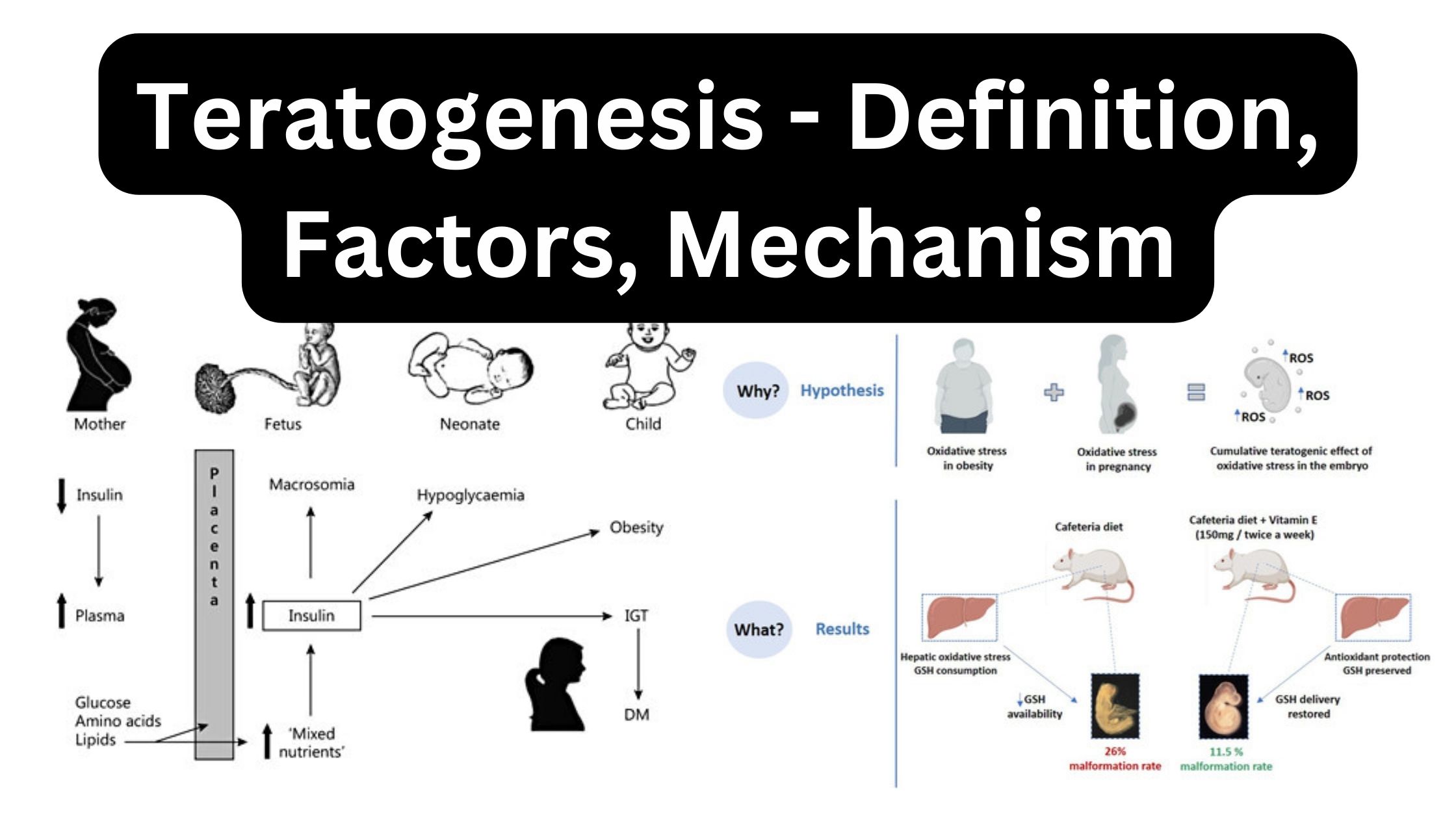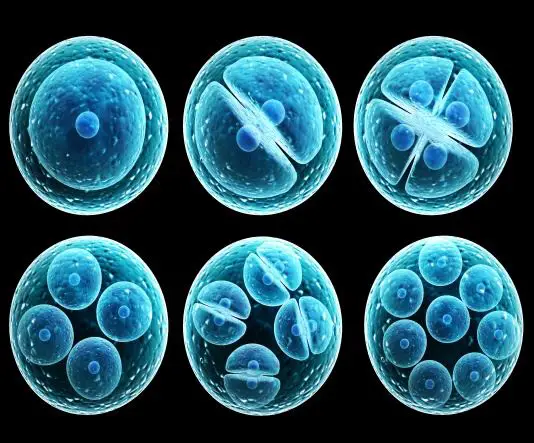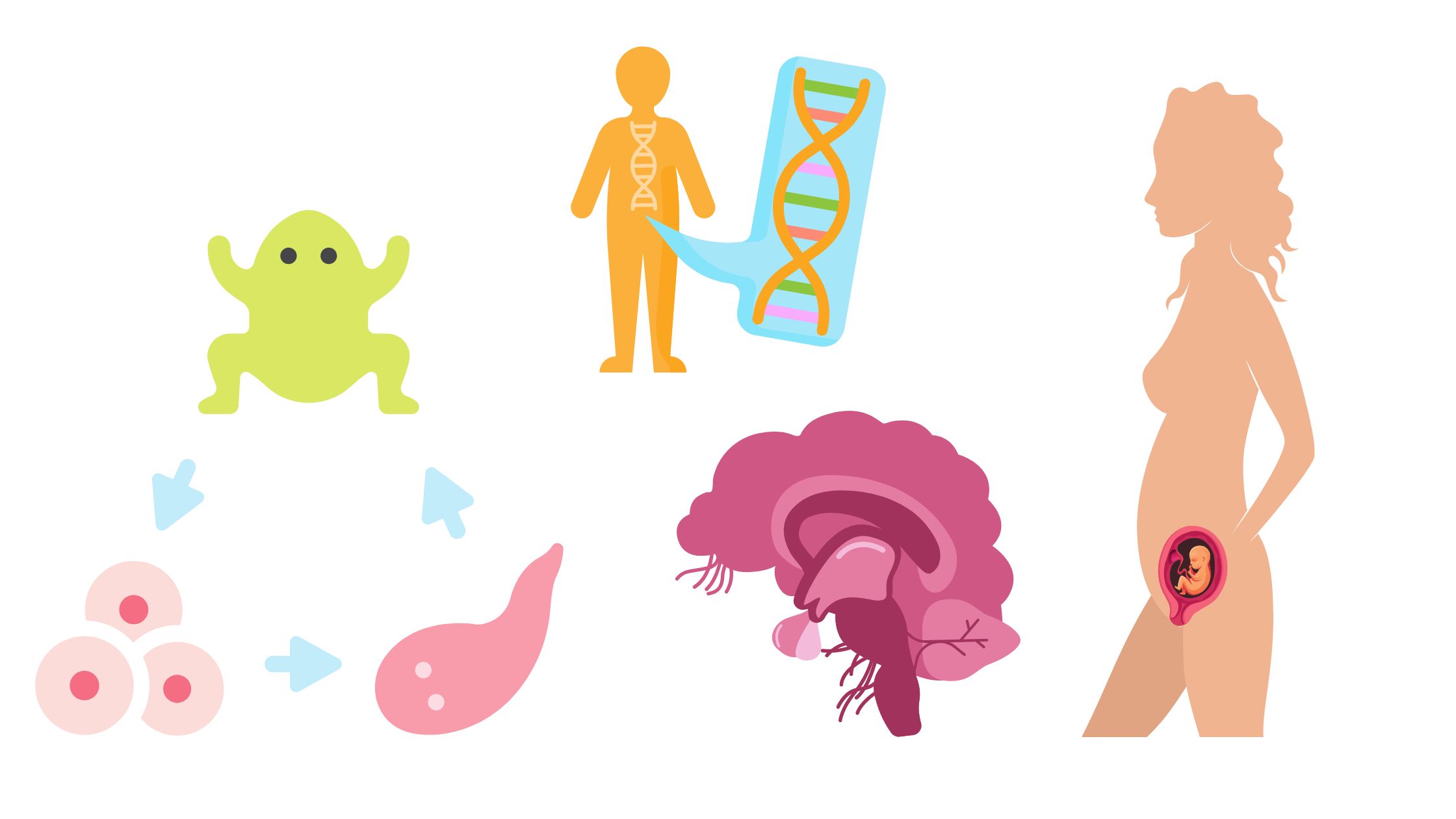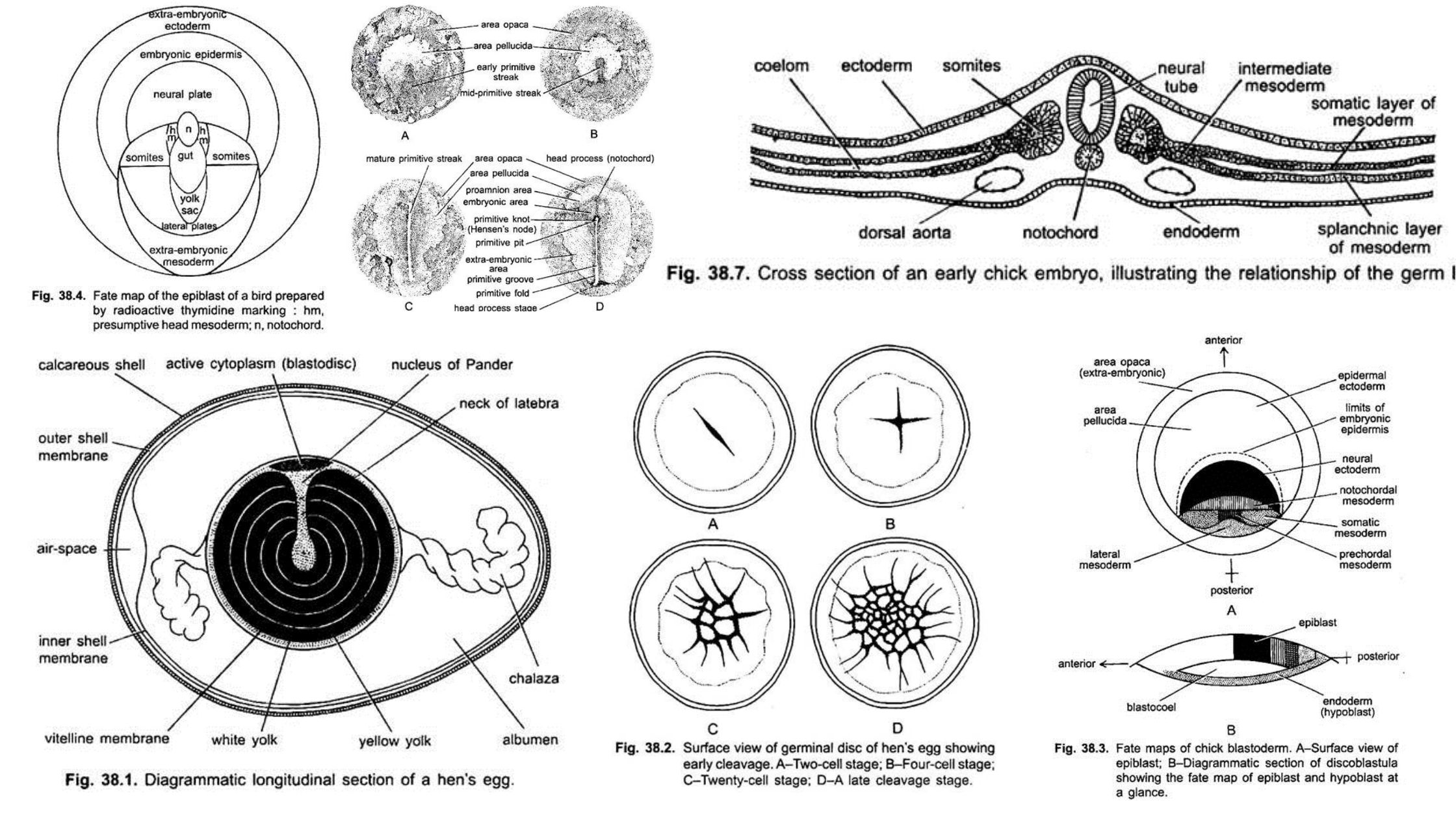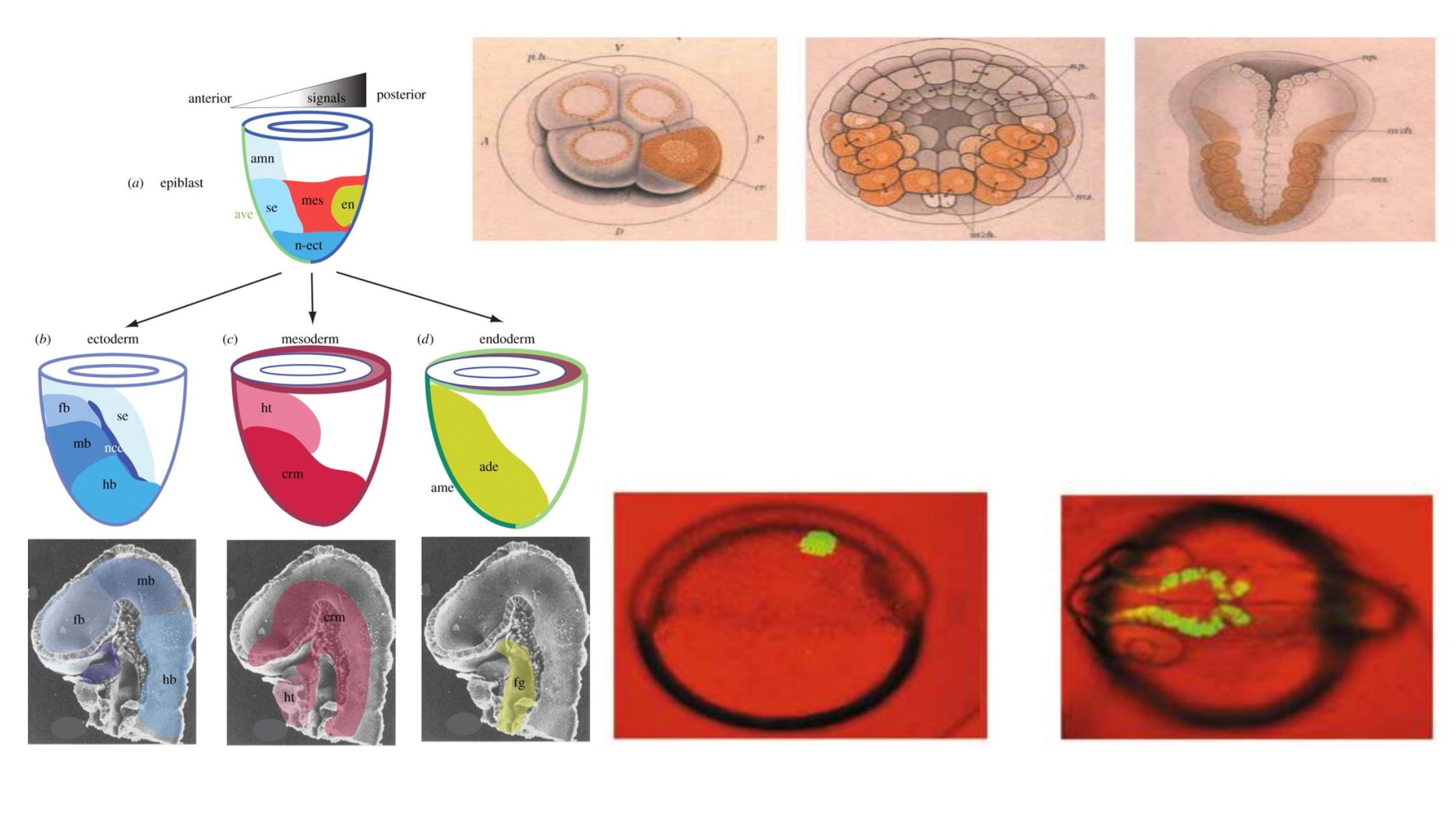Development Stages of frog – Pre-embryonic, embryonic and post-embryonic development
The development of frogs follows a typical sequence of events observed in sexually reproducing organisms. It begins with the fertilization of an egg or zygote. The zygote then undergoes a series of divisions, dividing and re-dividing to form an embryo. The embryo is the earliest stage of development and remains within the egg or reproductive … Read more
